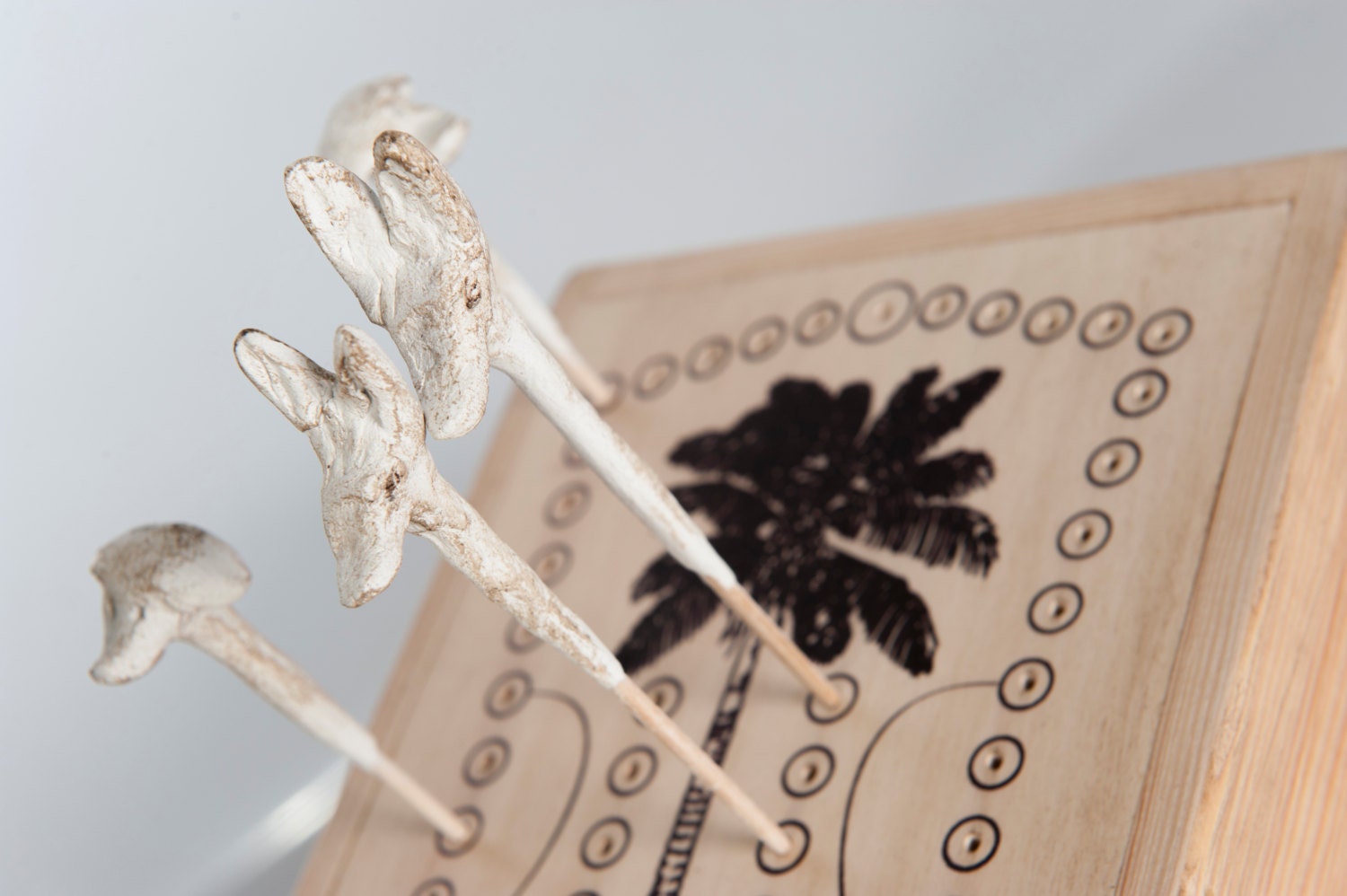
There’s a nook in every home: it’s sparsely lit, with colorful boxes stacked together in an odd recreation of jenga. Board games and shoeboxes, loose dice and folded Monopoly money: it’s the corner in every home, where adults and children wander when the days drag and there’s nothing but weather-droning on television.
Unsurprisingly, the modern age did not create board games, but rather borrowed them from existing medieval and ancient templates. A particularly interesting keepsake is one from ancient Egypt: Hounds and Jackals.
Today, most Egyptians are more familiar with its current adaptation, Chutes and Ladders (colloquially: Snakes and Ladders or El Sellem w’El Tea’ban in Arabic). The ancients, it seems, were keen on their competitiveness – just like their ever-cynical contemporaries.
What’s on the board?
The board was a low structure, resting on four bulls’ legs and shaped like the flat side of an axe-head. Some have also likened the shape to a shield, with its sides curved inward, and a palm tree painted down its center. Surrounding the tree were 58 evenly arranged holes, wherein large, cane-like playing pieces could be placed. At the head of each piece, the head of a hound or a jackal was sculpted into the wood.
As each player moved, their hound or jackal would be acted on “by the links between the holes and the hieroglyphs on the game board.” The links denoted shortcuts and penalties that could hurtle a player forward or send them flying backward, depending on where they land.
The holes marked with the nefer hieroglyphs (connoting good) were believed to lead to promising outcomes. Games end when all the hounds or all the jackals of a particular player make their way to the very top hole; this notch is surrounded by the hieroglyph shen, “a sign for eternity and protection.”
Behind the Board
The first Hounds and Jackals game was found in the tomb of government official Reniseneb, in the reign of Amenemhat IV (1814 – 1804 BCE). Through countless archeological excavations, it’s become increasingly clear that this board game was not only a centerpiece of the Middle Kingdom (approximately: four millennia ago). More often than not, the board and its accompanying pieces are found in tombs, which has led Egyptologists to argue that the game was about more than simple pleasure.
Rather, there was a spiritual value to Hounds and Jackals.
Ancient Egyptians were keen, avid believers of the afterlife. In order to have a comfortable afterlife, one had to appease the gods through a variety of rituals, some of which are observed in such games. According to the Metropolitan Museum of Arts, archeologists theorize that Hounds and Jackals was a representation of just that: “the player who reached shen may have not only won the game, but [s]successfully completed the transition from this life to the next.”
Talk about high-stakes arrangements.







Comments (0)